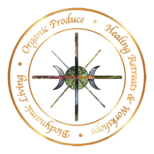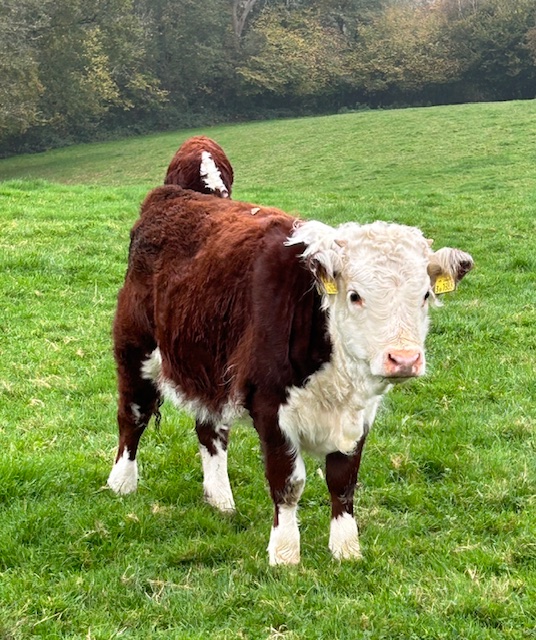
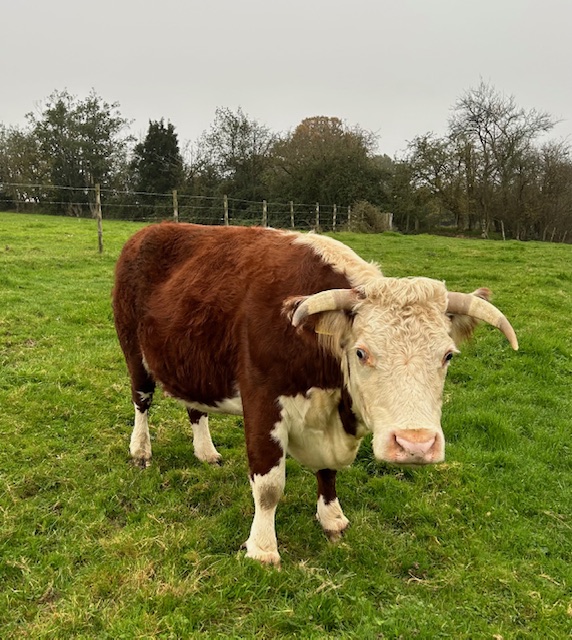
We are delighted to welcome our new cows, they are traditional short legged Herefords, they arrived on Friday 13th December and have settled in Beautifully. They are in an open shed with open yard at the moment as the pasture (with heavy clay soil) is too wet to support them at this time of year, they are able to come and go as they please as keeping cattle inside can cause skin issues, mites and pneumonia as they are supposed to be outside in the fresh air. But this does give us a chance to get to know them better. They are horned Herefords as all cows ought to have horns, horns are an integral part of their bodies, in a biodynamic system it is not permitted to dehorn cows nor breed ‘polled’ genetically bred hornless cows. Horns are an extension of the cow’s sinus cavity, assisting them in smelling, identifying and digesting food, as blood flows through the
horns of a cow they are important for temperature control too. The point of the horn, following the internal spiraling of the sinuses, is where the cow connects to the spiral of the cosmos.
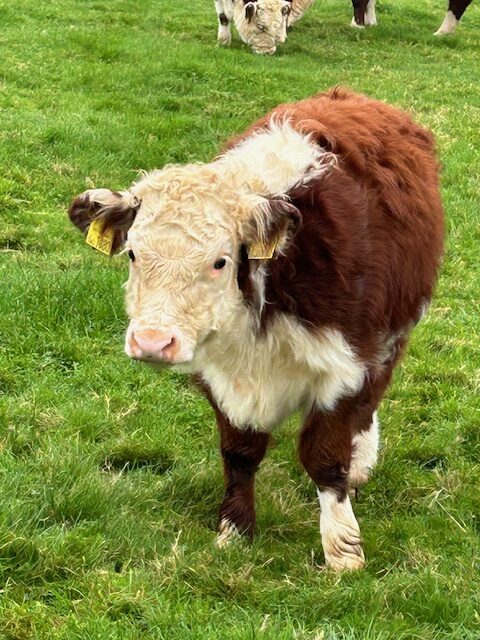
The Cow has the most complex digestive system, she chews cud in an inner state between dreaming and waking, she is a model of meditative peace. Her dung travels through four stomach chambers and a digestive tract which is 22 times longer than herself. Rumen microbes ferment grass creating vitamins and amino acids transforming into a magnificent substance providing the most nutritionally available dung for insect eco systems and plants when composted. Cow pats attract dung beetles, which can drag nutrients down into the soil up to two meters where they lay their eggs. Cow manure is particularly nourishing, for plants, especially the leaves and watery parts of plants balancing the earthly realms.
Cows also help the pasture, they make holes in the ground where water can absorb and hold for the pasture and wildlife to utilise, this also disturbs the soil which creates diversity in the landscape allowing less vigorous plantlike to compete with the grass. Cows also rip the roots of grass out as opposed to cutting it in the manner that sheep do, this makes space for light to hit the soil encouraging new growth and for roots to get air. Their heavy hooves also push carbon downwards, sequestering it in the soil.
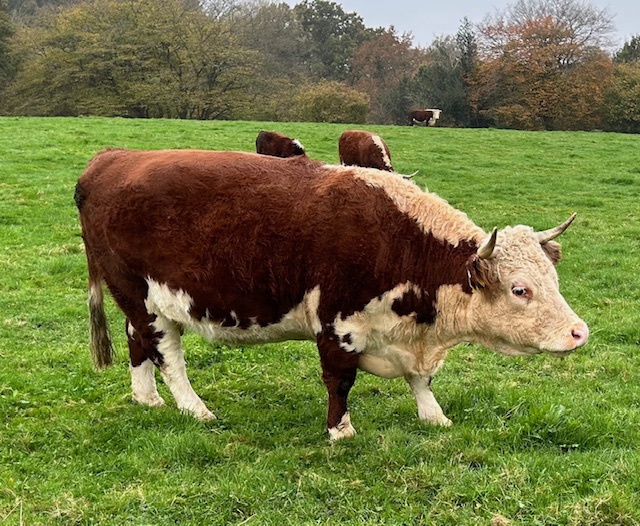
The Essence of Cow: Cows are recurring presences within mythologies and ancient religions. They symbolize fertility and motherhood, their milk is nourishing to most other mammals and so they are often considered sacred as ‘mother’. They ‘chew the cud’ contemplating, meditating and living in present time. They are feeders of the earth as they feed off the earth at the same time as feeding her surface with their rich manure. They are close to mother nature and to the cosmos as their horns, similar to the branches of a tree spread outwards and upwards connecting them to the moon, the sun and the wider planetary system. Spending time with cows enables a mindfulness, a connection to the source a sense of the inner vibrations of oneself.
